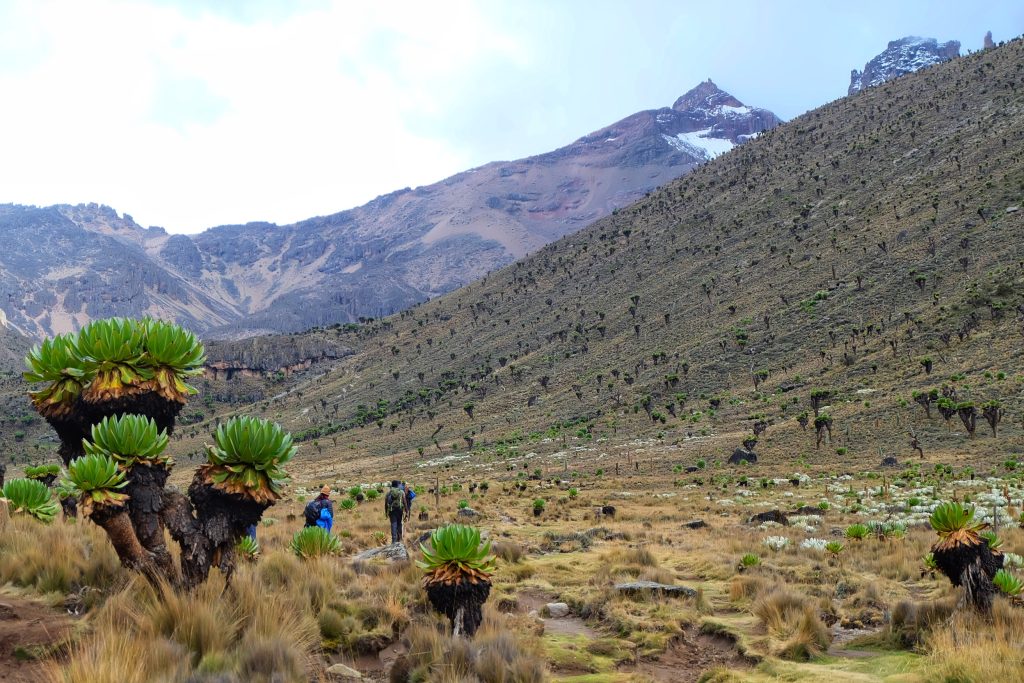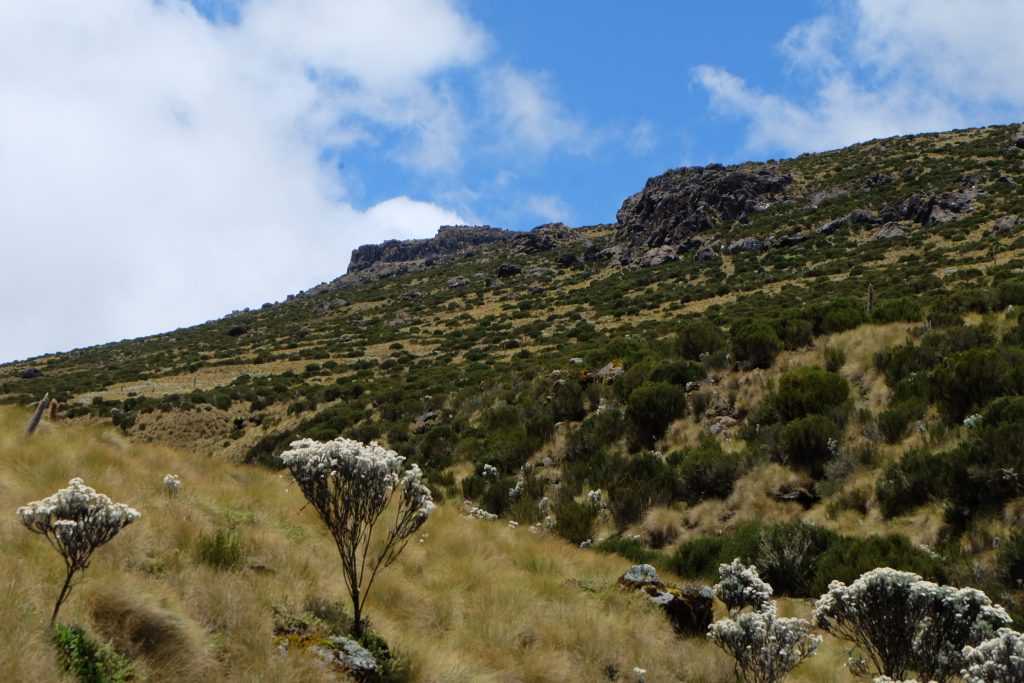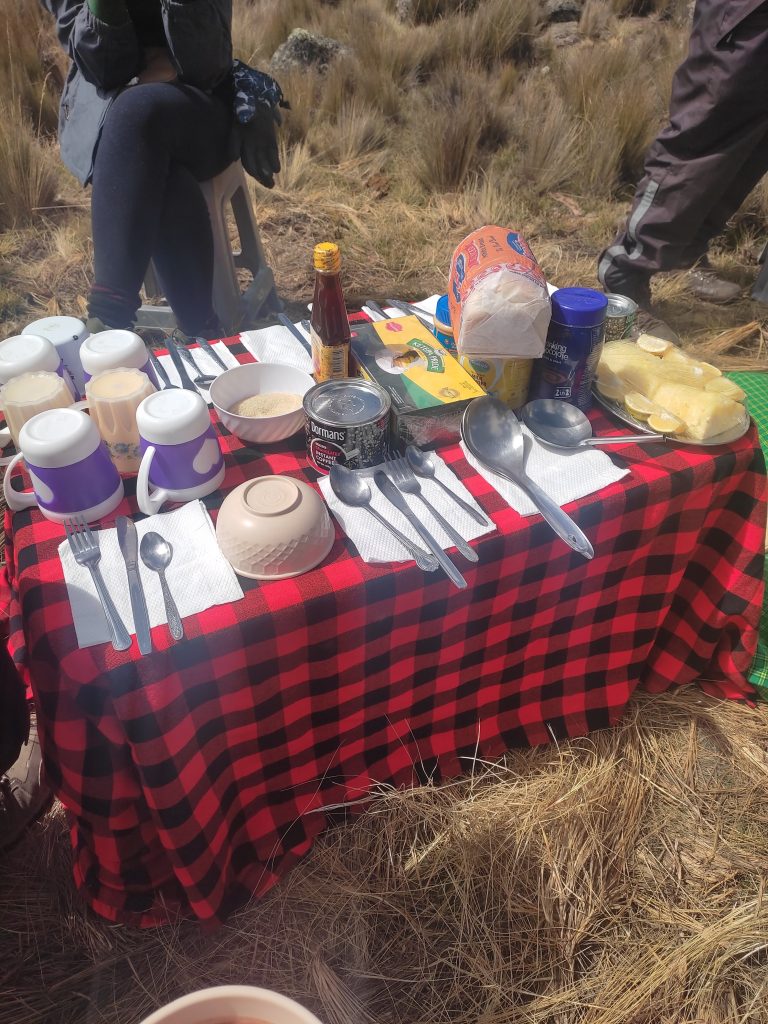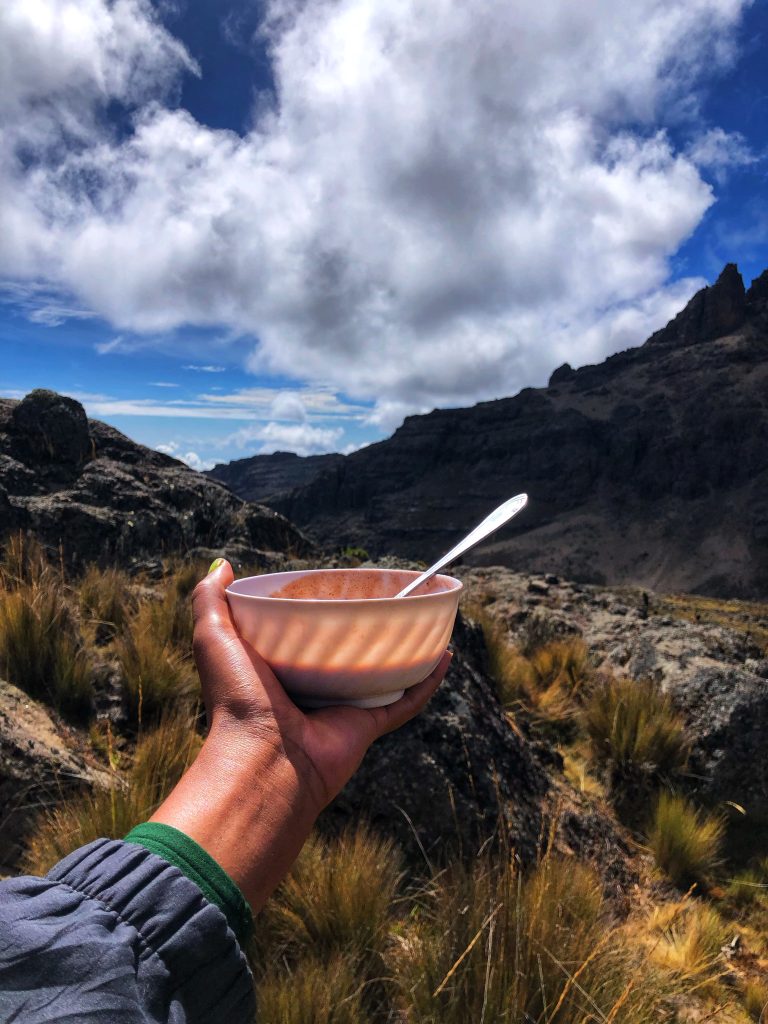
Climbing Mt Kenya is an adventure that many people dream of, but few are brave enough to attempt. At 5,199 meters, it is the highest mountain in Kenya and the second-highest in Africa, after Kilimanjaro. While there are many guides and articles out there that tell you how to prepare for climbing Mt Kenya, there are some things that they don’t mention.
In this blog post, we’ll explore 10 things they don’t tell you about climbing Mt Kenya.
1. The weather can be unpredictable
While the weather in Kenya is generally pleasant, it can be unpredictable on the mountain. Even during the dry season, rain and fog can move in quickly, making visibility and navigation difficult. It’s important to pack warm and waterproof clothing and be prepared for changes in weather.
I ascended to Point Lenana through the Sirimon route, and descended through the Chogoria route. We arrived at Sirimon one sunny afternoon but we were immediately welcomed by rain well until halfway to Old Moses.
On our descent to Lake Ellis through the Chogoria route, the weather changed and it started raining. First hailstones, then drizzling. Good weather had been a concern for us. Generally the weather was great and not a hurdle although we hiked in April. Hiking in the dry season does not always guarantee good weather, always remember that a mountain has its own climate.
2. Altitude sickness is a real concern
Altitude sickness can affect anyone, regardless of fitness level or experience. The higher you climb, the less oxygen there is in the air, which can cause headaches, nausea, and dizziness. It’s important to take the climb slowly and allow your body to acclimate to the altitude.
At Old Moses camp, our guide Samson also warned us that altitude can ruin your stomach so we had no heavy foods during summit night. We were also encouraged to not hold farts in!
3. The climb is physically demanding
Climbing Mt Kenya is not a walk in the park. The terrain is rugged and steep, and you’ll be carrying a backpack with all of your day supplies. You should be in good physical shape and prepared to push yourself to your limits.
Make sure to acquire the services of porters to help you with the 80L bag as well as other supplies which will leave you with a small backpack.

4. The views are breathtaking
Despite the physical demands of the climb, the views from the top are absolutely stunning. You’ll be rewarded with panoramic views of the surrounding countryside, including the Great Rift Valley, the Aberdare Range, and even the snow-capped peak of Kilimanjaro in the distance.
5. The wildlife is diverse
Mt Kenya is home to a diverse array of wildlife, including elephants, buffalo, antelopes, and even leopards. You’re unlikely to encounter any dangerous animals on the trails, but it’s important to be aware of your surroundings and keep a safe distance from any wildlife you encounter.
Although we could see elephant poop at low altitudes at Sirimon, we only came across a water buck at low altitude and a mountain hyrax at Mackinders valley.

6. You’ll need a good guide
Climbing Mt Kenya is not something you should attempt on your own. You’ll need a knowledgeable and experienced guide to lead you up the mountain and ensure your safety. Look for a guide with good reviews and a strong reputation.
7. The huts are basic
There are several huts also known as Bandas along the climbing routes that offer basic accommodation for climbers. However, don’t expect luxury accommodations – the huts are basic and rustic, with no running water or electricity. They go for $20 a night. We did not use them because we wanted to have a full camping experience.
Within these camps are stations that can be used to radio in air ambulances. Make sure to get your Maisha annual cover starting from $25 from Flying Doctors.
8. The food is simple
Similarly, the food on the mountain is basic and simple. You’ll be eating things like rice, beans, and vegetables, so don’t expect gourmet meals. However, the food is filling and nutritious, and will give you the energy you need for the climb.
However, the meals that we had were healthy gourmet meals because Kare had organized with a Chef, Daniel. So our breakfast was delicious as well as nutritious.


9. You’ll need a good sleeping bag
Temperatures can drop below freezing at night on the mountain, so a good quality sleeping bag is essential. Make sure your sleeping bag is rated for cold temperatures and is in good condition.
I bought my sleeping bag from Hawi Outdoors. You can find them here.
10. It’s worth the effort
Finally, while climbing Mt Kenya is a challenging and demanding experience, it’s also incredibly rewarding. You’ll be pushed to your limits physically and mentally, but the sense of accomplishment you’ll feel when you reach the summit is unparalleled. Plus, the views from the top are absolutely breathtaking – it’s an experience you’ll never forget.
In conclusion, climbing Mt Kenya is an incredible adventure that offers stunning views, diverse wildlife, and a sense of accomplishment that is hard to match. However, it’s important to be aware of the challenges and prepare accordingly. With the right preparation and a good guide, anyone can summit this incredible mountain.
Here are some posts you may also like:
20 Things You Should Know Before Hiking Mt Kenya
Hiking Mt Oldoinyo Le Satima (Dragon’s Teeth), Aberdare Ranges 2021

